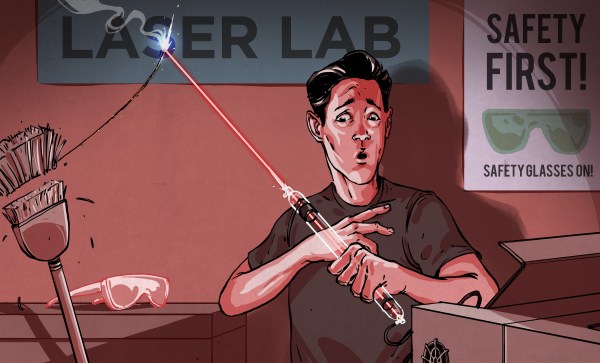In a sign of the times, the Federal Communications Commission has officially signed off on remote testing sessions for amateur radio licensing in the United States. Testing in the US is through the Volunteer Examiner Coordinator program, which allows teams of at least three Volunteer Examiners to set up in-person testing sessions where they proctor amateur radio licensing exams. The VEs take their jobs very seriously and take pride in offering exam sessions on a regular schedule, so when social distancing rules made their usual public testing venues difficult to access, many of them quickly pivoted to remote testing using teleconferencing applications. Here’s hoping that more VEs begin offering remote testing sessions.
Another aspect of life changed by COVID-19 and social distancing rules has been the simple pleasure of a trip to the museum. And for the museums themselves, the lack of visitors can be catastrophic, both in terms of fulfilling their educational and research missions and through the lack of income that results. To keep the flame alive in a fun way, Katrina Bowen from The Centre for Computing History in Cambridge has recreated her museum in loving detail in Animal Crossing: New Leaf. For being limited to what’s available in the game, Katrina did a remarkable job on the virtual museum; we especially like the Megaprocessor wallpaper. She even managed to work in that staple last stop of every museum, the gift shop.
To the surprise of few, “spatial computing” startup Magic Leap has announced that it is laying off half its workforce as it charts a new course. The company, which attracted billions in funding based on its virtual retinal display technology, apparently couldn’t sell enough of their Magic Leap One headsets to pay the bills. The company is swiveling to industrial users, which honestly seems like a better application for their retinal display technology than the consumer or gaming markets.
And finally, as if 2020 hasn’t been weird enough already, the Department of Defense has officially released videos of what it calls “unidentified aerial phenomena.” These videos, taken from the head-up displays of US Navy fighter jets, had previously been obtained by private parties and released to the public. Recorded between 2004 and 2015, the videos appear to show objects that are capable of extremely high-speed flight and tight maneuvers close to the surface of the ocean. We find the timing of the release suspicious, almost as if the videos are intended to serve as a distraction from the disturbing news of the day. We want to believe we’re not alone, but these videos don’t do much to help.













